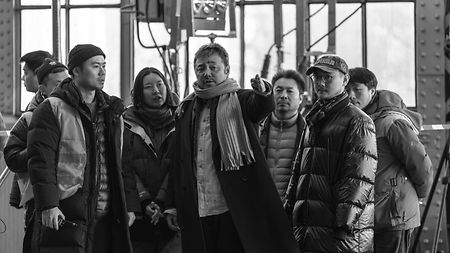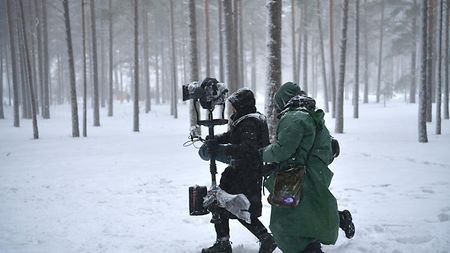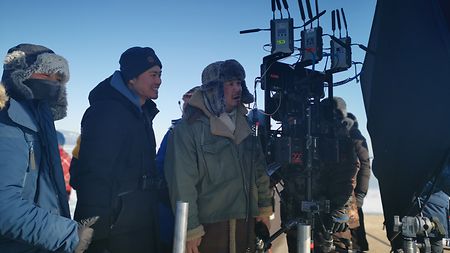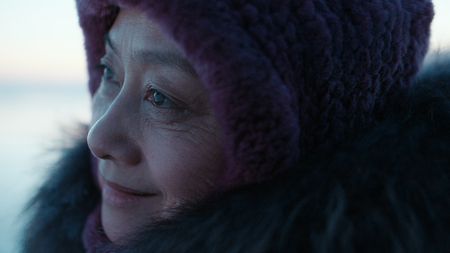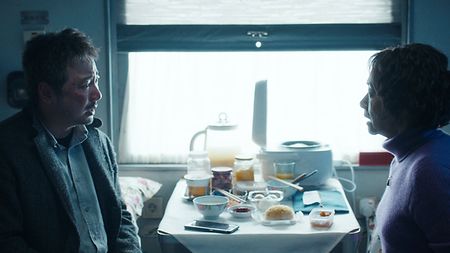As the third in a series of highly successful “Lost in” films that started in 2012, “Lost in Russia” was set to be a box office hit around the time of the Chinese New Year. Due to the coronavirus pandemic, it was instead sold to online content providers and was streamed an amazing 180 million times in its first three days of release. Liu Yizeng speaks here about his choice of the 65 mm format, his visual approach, and the importance of realism.
How did you and Zheng Xu decide on the visual style of the film?
When we began to prep for the shoot, Zheng got the key crew together to read and discuss the script together several times, spending lots of time and energy on the creative process. He also invited me to join the actor rehearsals in Shanghai, which allowed me to think about the camera design and plan everything in advance.
Zheng had a pretty clear idea of the acting, camera movement, visual feel and texture; he knew exactly what he wanted. Most of all, he wanted the film to look realistic. An example is the train set we had to build in the studio; we looked at several reference films, but all the train sets were artificially large for the sake of visual aesthetics. Zheng didn’t want our train to be significantly different from the real K3 train, so we built it almost to actual size.
As for the visual style, I think being meticulous is the most important thing. It’s very lucky for a DP to work with great actors and a great story. Most of the time, just concentrating on following the actors and really capturing their performances is the best choice. Less is more.

